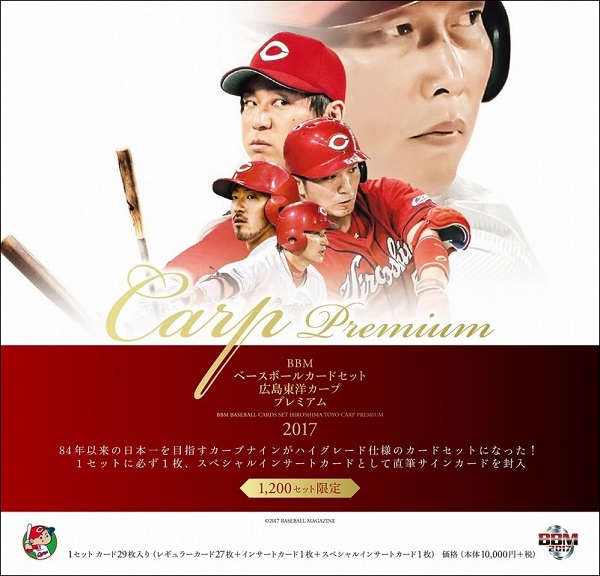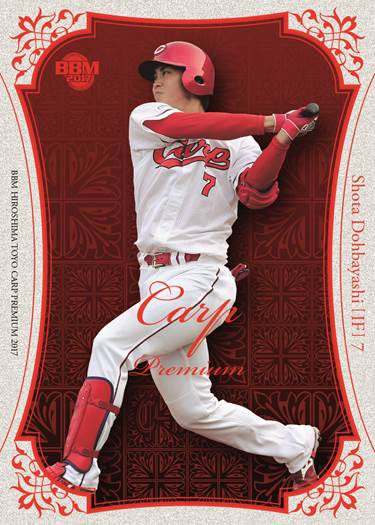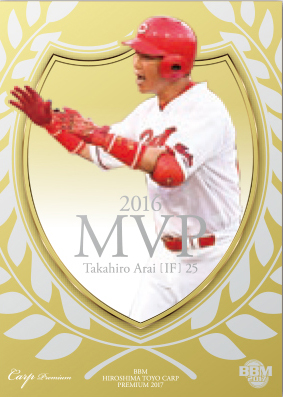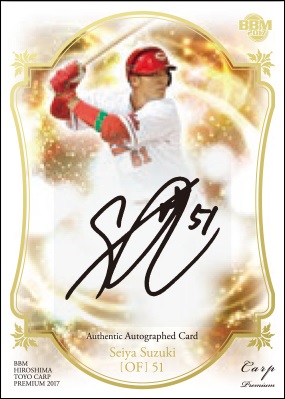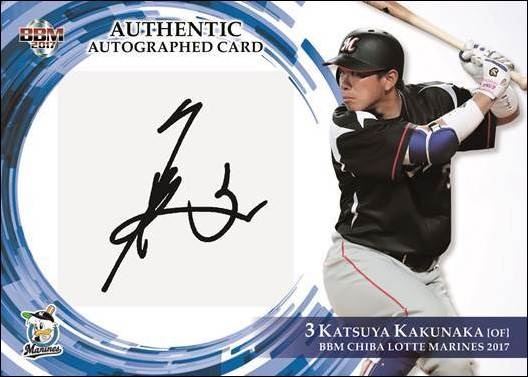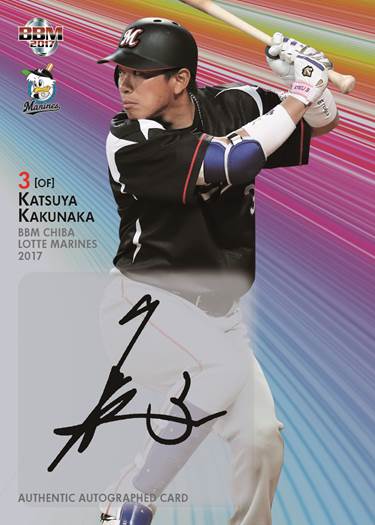It's safe to say I lucked out with this lot. Three bromides, all premium prizes. One of them is uncataloged, even!
First, this is JBR 9a: 1950-51 Large Black & White Marutoku 3rd Prize. Except for size, these are basically the same as JBR9. The regular cards measure 1-9/16" x 2-1/2", while this 3rd Prize version is 2-5/8" x 3-5/8". There is a 2nd Prize larger version (3-9/16" x 5") and there must be some first prize as well. Engel's guide mentions a color variation for the regular set, but not the prizes. Furthermore, there are two more sets issued by Marutoku in 1951 which are wider than JBR 9, though he doesn't mention any prize parallels.The player above is Shigeru Chiba of the Yomiuri Giants. The top line mentions the league and team name, while the bottom line is the player's name. The backs are blank.
Also issued in 1950, this is JBR 87c: Bromide Game 2nd Prize Premiums. The JBR 87a set has several variations in ink color - my card is black and white, but brown and green ink versions are known as well. There are also game cards with a baseball play (hit, double, triple, home run) instead of the regular text at the bottom - these variations are prize cards; a hit brought a 4th Prize, double 3rd Prize, and so on. JBR 87a measures 2-1/16" by 2-3/8".
Engel doesn't mention any 4th Prize premiums, and based on my experience I'm guessing 4th Prize was just another regular bromide. 3rd Prize are larger - 2-15/16" by 4-1/16". The card you see above is a 2nd Prize, at 4-7/8" x 6-7/8", which makes it a good bit larger than a postcard. That would make it perfect for displaying on a kid's wall. The player above is Hiroshi Ohshita (or Oshita) of the Flyers. The text line has the player's name followed by the team nickname in parentheses.
Finally, the uncatalogued card. Does this look similar to the card above? It should, because I believe this is the First Prize (or home run) card for this release. The player is Fumio Fujimura of the Tigers, and the photo shows him diving into what I believe is home. This card is described in the 2nd Prize and regular set as well, and it's such a good photo I'm not surprised it would be used as a 1st Prize as well. It measures about 8-3/8" by 10-1/4".
Both my 2nd and 1st Prize cards from the 1950 Bromide Game set have tape/glue remnants at the top on the back. This could have been from the owner displaying it in a book or on a wall, but given how bromides were sold, these could have been attached to the packaging/display for the bromides.



































